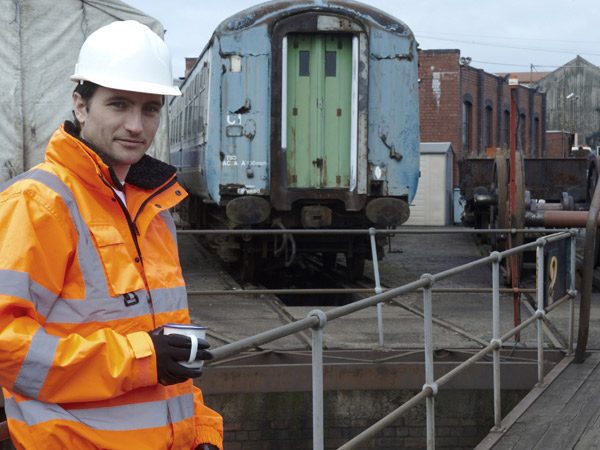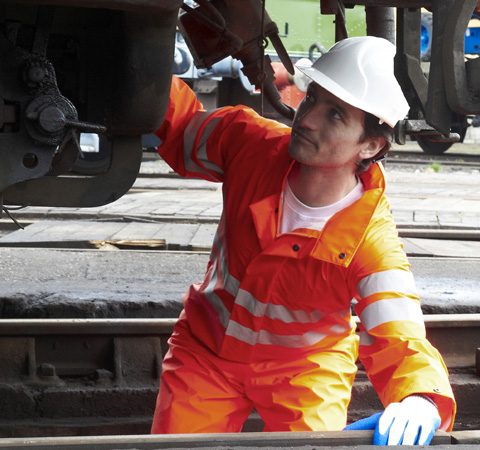Hazards of varying degrees of severity are present in almost all workplaces –whether it's falling objects, moving vehicles, chemicals, noise or a myriad of other dangers. It is legally the responsibility of employers to minimise such hazards, and proactively protect their employees from risk of injury.
Personal Protective Equipment (PPE) is therefore a common addition to workplace health and safety systems and procedures, however it is important to note that PPE should not be seen as a primary solution to workplace safety.
Efforts should always be made to make the workplace safe through appropriate engineering controls (such as barriers to prevent employees from being in contact with a hazard), operational procedures, suitable training and workplace supervision.
If hazards still exist after implementing these safety systems, then PPE may be considered as a last line of defence for the individual.
If PPE is required to protect against residual or unavoidable hazards, then it is the responsibility of the employer to provide this to each employee free of charge (or provide an allowance for the purchase of suitable PPE). Employers must also ensure that their employees are suitably trained to use and maintain their PPE, and know how to spot and report any faults.
Selecting PPE
The decision on which products to purchase is dependent on many hazard-specific factors including:
-
- What the user is to be exposed to?
-
- How long the exposure will last?
-
- How much of the hazard they are exposed to?
These should be covered in risk assessments of the tasks performed by your organisation. Risk assessments may cover the following hazard types:
-
- Moving objects e.g. machinery or vehicles
It is also important to consider who will be using the PPE, as selecting products of a suitable size, fit and weight will have a significant impact on user compliance.If possible, involving the user in the selection process will encourage a higher rate of compliance.
If multiple pieces of PPE are to be used simultaneously, care must be taken to review their compatibility, for example, do the selected respirator and safety glasses sit together satisfactorily?
A full induction and training session should take place to ensure the user understands how to safely use, maintain and dispose of the product. This may include detailed donning and doffing methods to avoid contamination being transferred from the PPE to the user.
Monitoring &Review
It is pointless providing your employees with PPE unless you monitor its usage. As a rule, you should:
-
- Never allow exemptions from wearing the PPE, no matter how quick or easy the job may seem –if a risk assessment indicates a need for PPE, it must be used.
-
- If PPE is not being used, find out why and try to tackle the root cause –is it because of a lack of training? Or is the PPE too uncomfortable or cumbersome to use?
-
- Use signage as a reminder that PPE should be worn.
-
- Keep note of any changes to materials, processes and equipment as this may have an impact of the PPE you need to provide.
Need More Advice?
Many PPE suppliers will offer advice and support on product selection to ensure you chose an item suited to the particular application. If you would prefer, you can seek the support of a qualified Occupational Safety Advisor who will be able to fully evaluate the hazards associated with the working environment, and point you in the right direction.
If you are in any doubt as to how to train your employees on the suitable use and maintenance of their PPE, don ’t be afraid to ask your supplier or the product manufacturer for advice or support –after all, they know their products in much more depth than you! Contact us today if you ’d like to speak with one of our Team.


